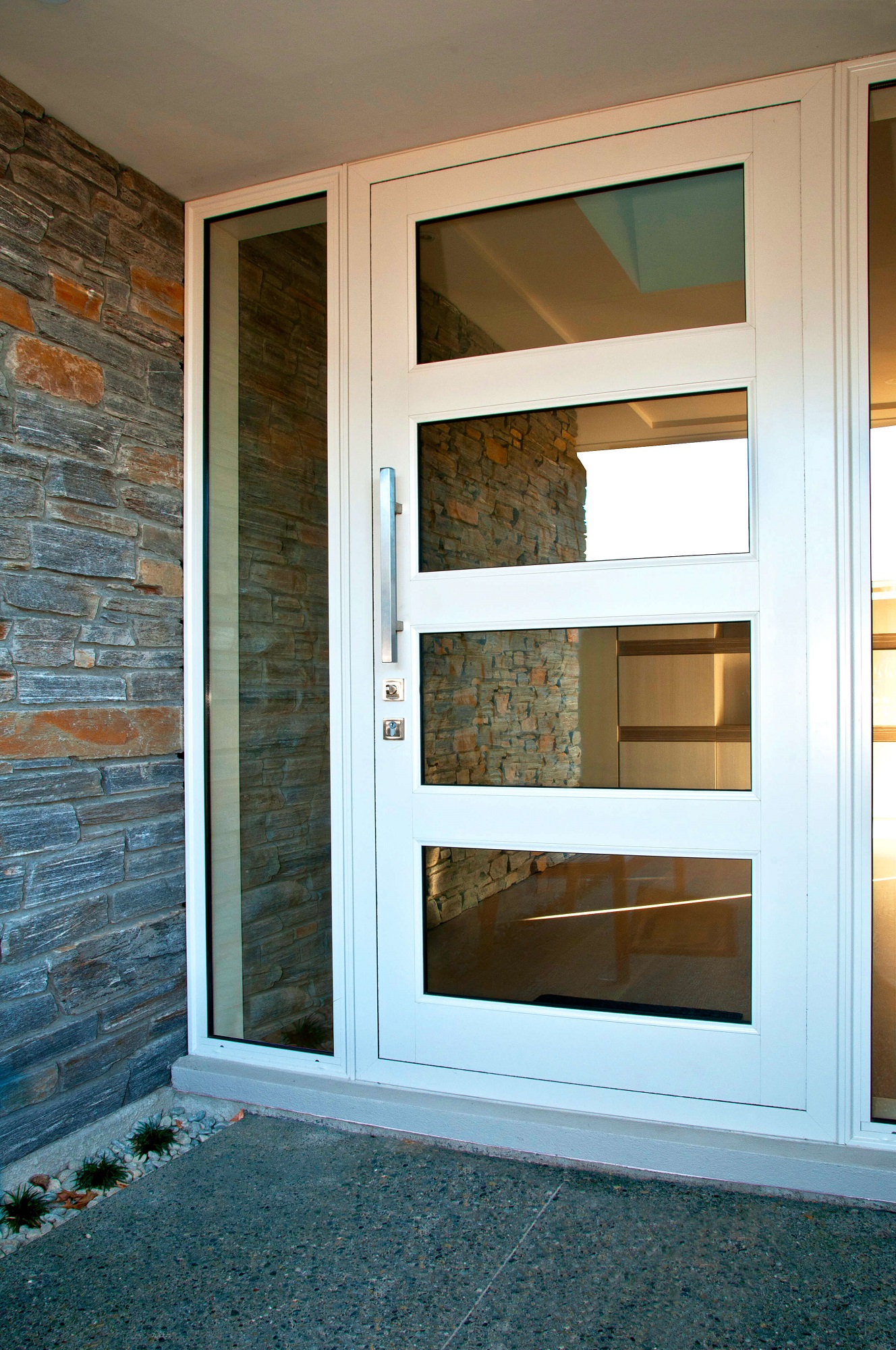What’s in your glass?
With new homes requiring better energy efficiency, Glass options for doors and windows are being thrown under the microscope more than ever before.
In this crash course we will be covering the ingredients that make up glass, the popular types available and thermal option including Low-E, double & triple glazing.
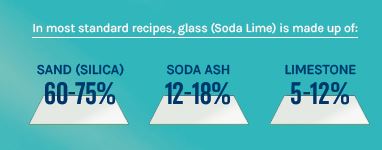
Preheat your oven to roughly 1300°C. At this temperature you will notice the mix become quite mouldable (in-between a liquid and solid). At this stage you can mould it into shape or pour onto a flat surface to make sheets of glass.
By adding Sodium Carbonate it lowers the melting point of silica. If you don’t have this ingredient you will need to crank up the oven to a blistering 2000°C (Which is the temperature a space shuttle reaches when it re-enters the earth’s atmosphere from space) before the glass becomes malleable.
Now that you’re an expert on manufacturing glass, let’s go through some of the popular glass types available:

Float Glass / Annealed Glass
Annealing is a process of slowly cooling glass to relieve internal stresses after it is formed and is the most used type of glass in New Zealand doors and windows. It allows easy transfer of heat, light and noise, and if broken it shatters into large sharp pieces.
Toughened Glass / Tempered Glass / Safety Glass
Toughened glass is made by tempering, a process in which annealed glass is heated up to a temperature of around 620°C for some time, followed by abrupt cooling using jets of cold air. As a result, the outer surfaces go into compression while the inner remains in tension which gives it it’s strength.
Laminated Glass
Laminated Glass is made from two sheets of glass bound together with a plastic or resin interlayer of generally 0.38mm. It does not shatter and spread when broken, instead it remains intact on its plastic or resin interlayer, protecting people from injury.
Tinted Glass
Tinted Glass is produced by adding metal oxides to the raw materials during the float glass process. For example, by adding iron oxides you can get greens and browns, gold chloride will achieve a ruby red and cobalt oxide blue. Tinting glass is used mainly for decoration, privacy or reduction in solar heat flowing into homes and buildings This type of glass absorbs solar energy, therefore reducing and helping control the amount of heat, visible light and ultraviolet rays that are transmitted through your windows. (79%-94% UV blocked).
Obscure Glass
Is patterned or frosted, preventing it from been clearly seen through.
Patterned glass is made by feeding molten glass between rollers which have a negative impression of the desired pattern. This transfers the pattern onto one or both sides of the glass as it passes through.
Most used where light but not transparency is wanted, helping to maintain privacy. Ideal for bathrooms, office partitions, exterior doors and windows.
Some common obscure glass types include Cathedral, Stippolite, Mistlite & Etchlite.
Low Iron Glass
Contains 25% less iron than standard Clear Float Glass, this gives it an extra clear appearance and offers more transparency than the slightly green-tinted clear glass.
Double Glazing
Double Glazing is made by joining two panes of glass (separated by a layer of air and a thermal spacer) sometimes referred to as an insulated glass unit (IGU).
Double glazing gives you all year-round thermal advantages including significant reduction in UV light and good retention of internal heat. As a bonus, it also reduces outside noise.
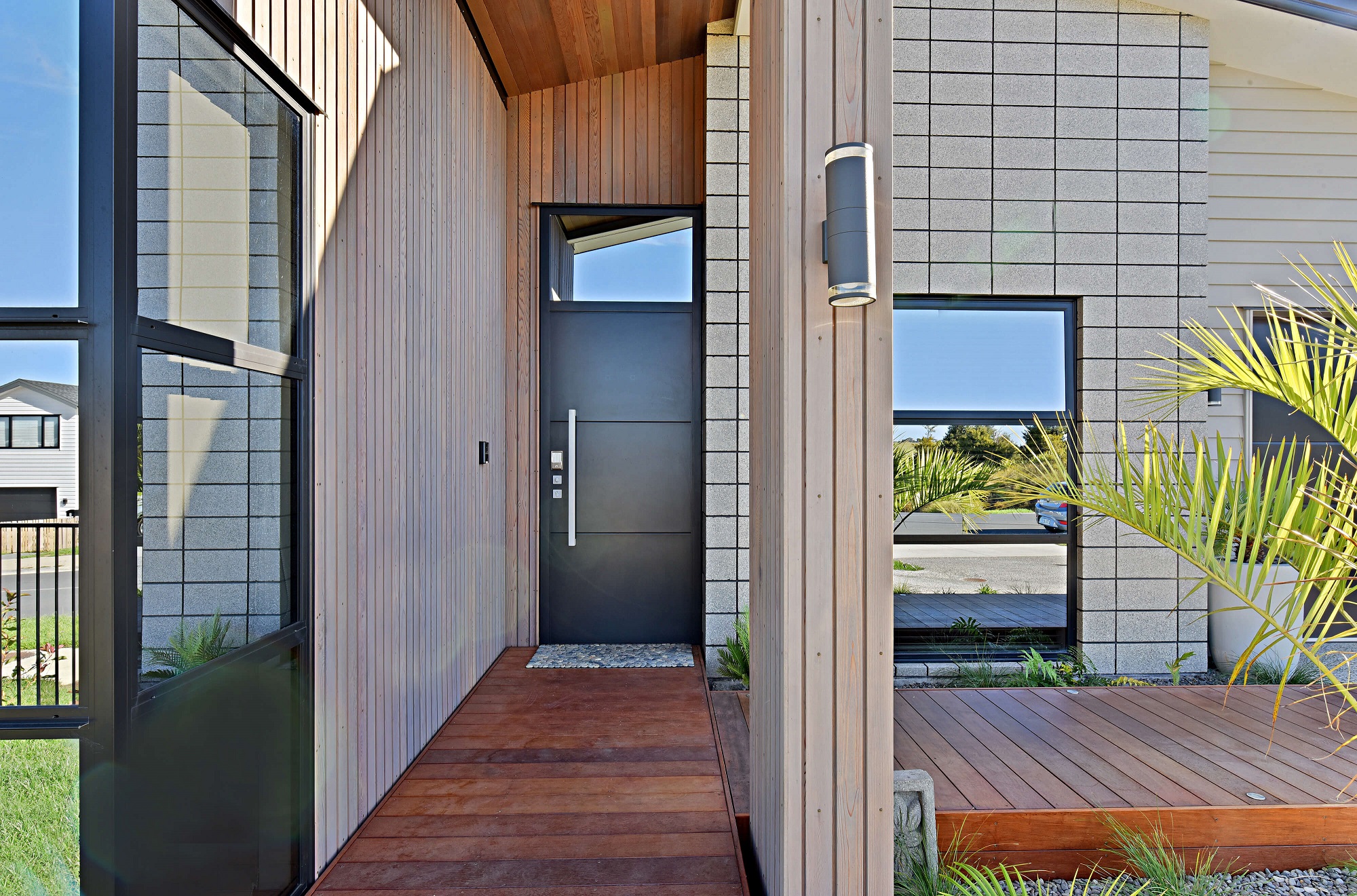
Triple glazing
Triple glazing is approximately 20-30% more energy efficient than double glazing and is recommended for north facing or cold rooms, extreme weather and coastal or exposed properties due to its exceptional heat energy efficiency.
Argon Gas
Inert gases such as argon and krypton don’t conduct heat as well as air, so they’re excellent insulators.
Gas is pumped into the IGU via a small hole along the spacer, while air is allowed to escape out another small hole in the spacer, then sealed. Gas filled windows also help prevent frost at the bottom of the window during cold weather.
Low E (Low-emissivity) glass
Low E glass has a thin transparent coating (approximately the thickness of human hair) that is applied to the inside pane of a double glazed unit to increase thermal performance.
Low E glass has a surface that gives off low levels of radiant heat. An IGU with a Low E coating will reduce the amount of heat transfer. This makes your house warmer in the winter by reflecting the warm air back into the home (rather than escaping through the glass) and cooler in the summer by letting the suns visible light pass through the glass while reflecting most of the infrared heat and UV light back. So in essence, blocking excessive heat and providing excellent light transfer and clarity for light, bright rooms.
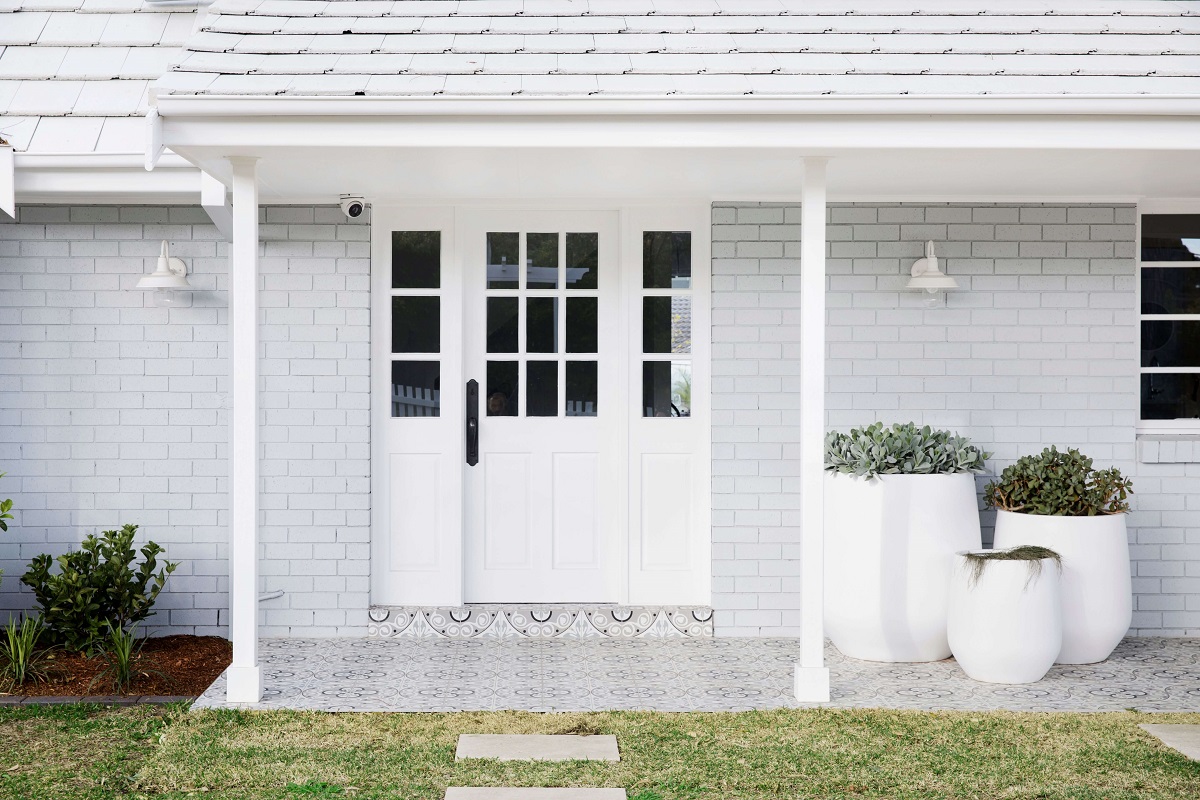
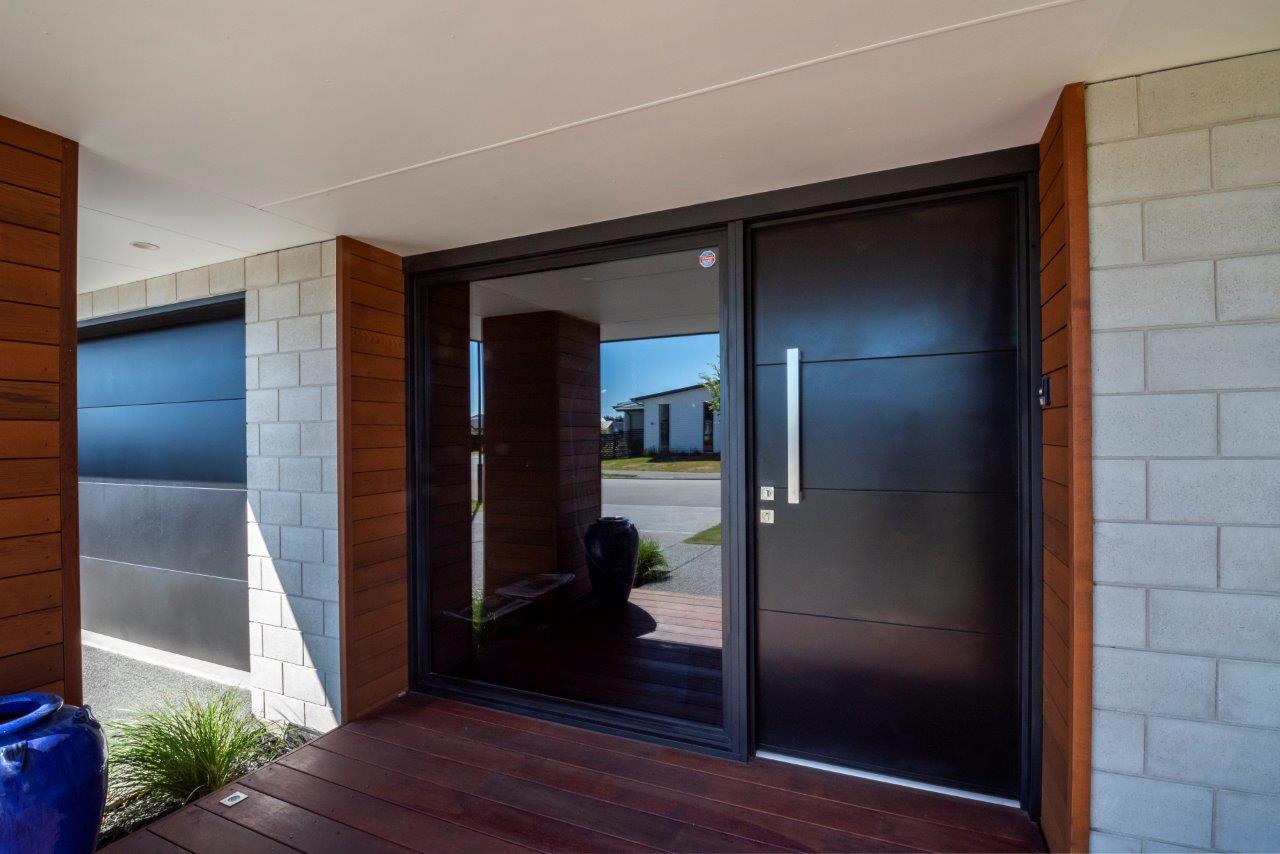
To use a simple analogy, low-e glass works the same way as a double walled thermos. A thermos has a silver lining, which reflects the temperature of the drink it contains. The temperature is maintained because of the constant reflection that occurs, as well as the insulating benefits that the air space provides between the inner and outer shells of the thermos.
Passive Low E coatings are applied while the glass is being manufactured. This causes the coating to fuse to the hot glass, creating a strong bond between the coating and the glass. Passive Low E coatings function best when applied to the 3rd surface of an IGU. Ideal for very cold climates because it allows some of the sun’s short-wave infrared energy to pass through and help heat a home during the winter while still reflecting the interior long-wave heat energy back inside.
Solar control Low E is applied after the glass is manufactured (offline coating/hard coat) and applied in vacuum chambers at room temperature. Solar Control Low E coatings function best when applied to the 2nd surface of an IGU. Solar control low e double glazing keeps the inside warmer in winter and cooler in summer, making it an ideal for moderate to warm (or cooling-dominated) climates.
Congratulations, you have made it through my novel of a blog.
You now know enough to be dangerous when discussing the intricacies of glass with family, friends and colleagues.
Aaron smith

